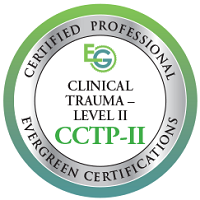Body-Based Activities to Regulate, Rebalance, and Rewire Your Nervous System Without Reliving Your Trauma
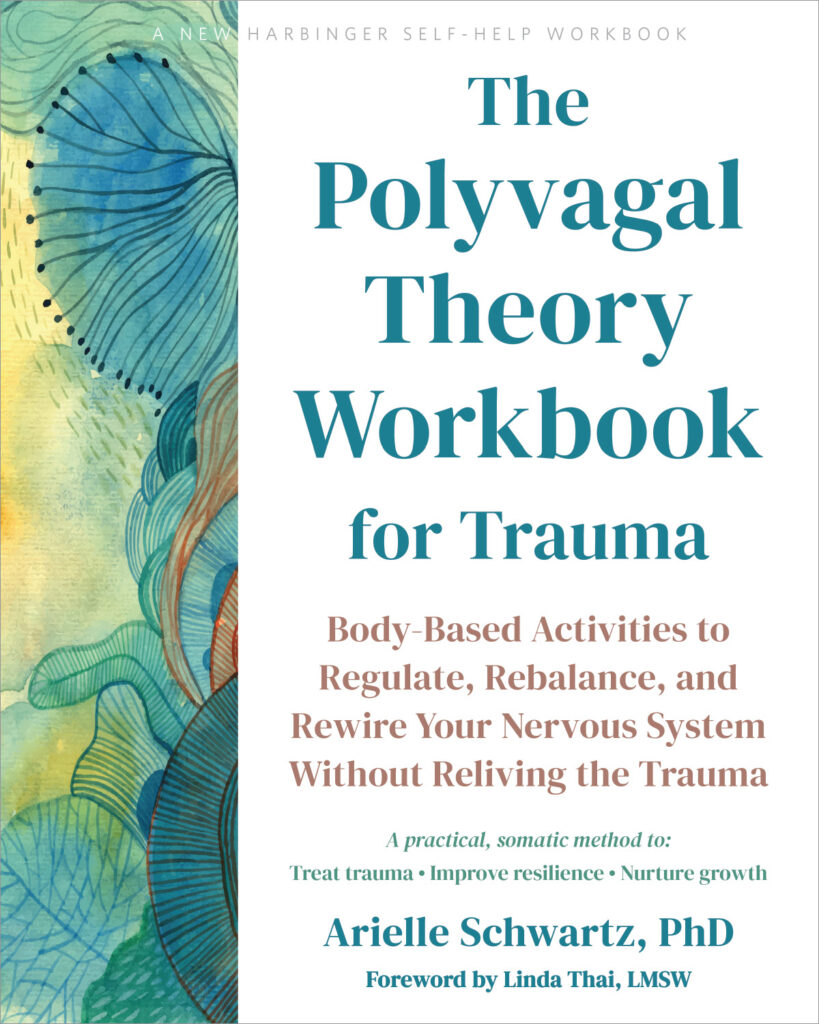
“In The Polyvagal Theory Workbook for Trauma, Arielle Schwartz gives you practical, embodied tools along with compassionate guidance to support your healing journey. She makes the complexity of trauma recovery understandable and accessible while creating a wellspring of hope. Her warmth and kindness shine through her words.”
—Peter A. Levine, PhD, developer of Somatic Experiencing; and author of several books, including Waking the Tiger and In an Unspoken Voice
Symptoms of adverse life events are as much in the body as they are in the mind. The shock of traumatic events can leave you feeling shaky, nauseous, or dizzy. Emotionally, you might experience terror, rage, shame, and despair. The ongoing repercussions of these events can leave you feeling restless, irritable, and vigilant of your surroundings, making it difficult to relax or sleep at night. Or, you might feel fatigued and lack the energy you need to face the day. These symptoms are the result of imbalances in your autonomic nervous system which is your body’s built-in stress response system.
Treatment for trauma typically involves reviewing and reflecting on memories of traumatic events. Such interventions for trauma recovery focus on the stories of your losses while attending to the mental and emotional repercussions. Unfortunately, those traditional approaches are often triggering and can lead you to feel retraumatized. They also assume that the traumatic events are over; however, in our modern world, we are often navigating the ongoing exposure to threats that we see in our daily lives or in the media.
The Polyvagal Theory Workbook for Trauma is designed to help you attend to your symptoms without reliving or over-focusing on your pain. Rather than focusing on the stories of your past, you will learn the tools to help you with the physiological effects of traumatic stress through the applied the science of polyvagal theory, also known as “the science of safety.” In these pages, you will discover interventions that you can integrate into your life on a daily basis that will help you connect to yourself with greater ease and self-compassion. You will discover gentle breathing, movement, and body awareness practices that will help you attend to discomfort without feeling overwhelmed.
“Arielle Schwartz’s clear and thoughtful writing illuminates our body’s wisdom and capacity to ground, balance, heal, nourish, and restore our own well-being. The Polyvagal Theory Workbook for Trauma is an ally for the challenging times we are living in. Being embodied in a trauma-informed way is a powerful practice and necessary skill when human rights are threatened. With Arielle’s guidance, readers can access their innate resilience and capacity to live as fully and presently as possible.”
—Amber Elizabeth Gray, PhD, Amber Gray Moving Therapies, human rights psychotherapist, and creator of Polyvagal-informed somatic and dance/movement therapy
Mind-Body Health

Polyvagal theory recognizes that your vagus nerve is a key to mind-body health. The vagus nerve is considered to be a superhighway of communication between your brain and your body. The word “vagus” is Latin for “wandering.” This is an appropriate descriptor because this key nerve in your body connects your brain to your stomach, intestines, heart, lungs, throat, ears, and facial muscles.
Polyvagal theory provides you with a map to find freedom from the defensive states of your nervous system. By applying polyvagal theory to trauma treatment, you can rebalance your nervous system, and as a result, the mental and emotional repercussions of trauma become more manageable. Through the lens of polyvagal theory, this workbook will give you practical tools to help you feel resourced for the journey of trauma recovery.
The body-based practices you will learn in The Polyvagal Theory Workbook for Trauma will focus on increasing your vagal tone. Simply put, optimal vagal tone allows the two primary branches of your autonomic nervous system to work in a balanced manner. This harmonious equilibrium reduces your experience of anxiety, stress, or depression—and perhaps most importantly, increases or enhances your physical health, improves your mental clarity, and supports a general sense of well-being. You will learn to rest into the nourishing benefits of the parasympathetic system, which helps you rest, relax, sleep well, and connect meaningfully with yourself and others. In addition, these practices help you to feel more energized during the day, so that you can engage in your life in a more fulfilling manner.
“Arielle Schwartz has masterfully brought you another workbook that balances the seriousness of traumatizing experiences while providing practical tools that support healing without having to relive your past. She translates complex neuroscience into understandable and relatable language that can be easily applied into your life. She has the capacity to address the depth of pain that accompanies relational wounds while bringing a sense of hope that you can reclaim your birthright of connection to yourself, others, and the world around you. I highly recommend this book to all seeking a compassionate guide to trauma recovery.”
—Diane Poole Heller, PhD, author of The Power of Attachment, and expert in the fields of trauma resolution and adult attachment theory
Regulate, Rebalance, and Rewire Your Nervous System
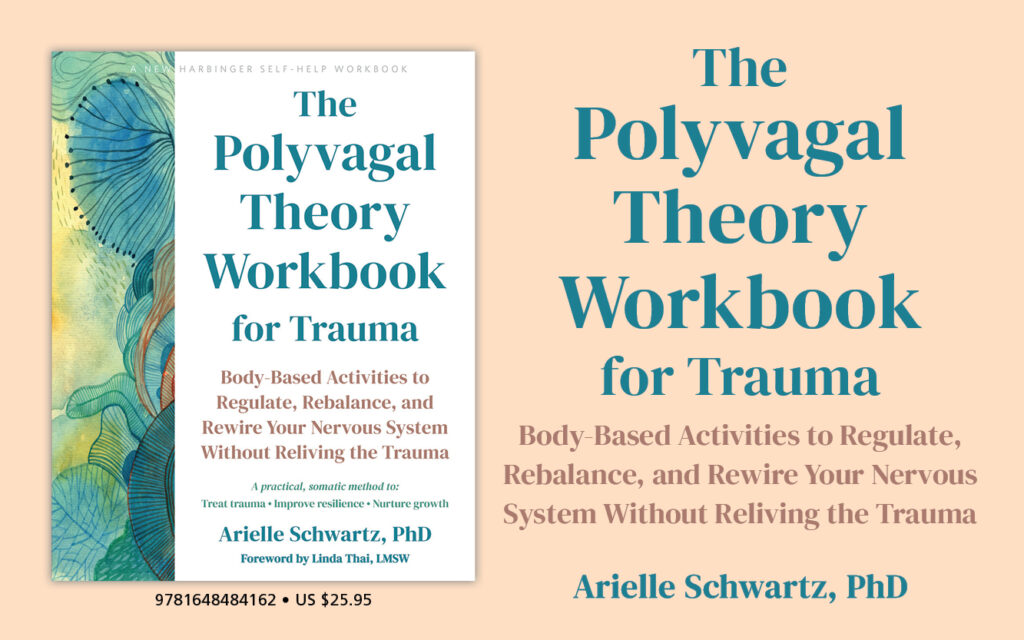
“This guide reveals the profound role our nervous system plays in both saving us, and helping us heal love and safety. Get ready for ‘breathing, being weighted, and shaking it’ out to have a whole new meaning.”
—Staci K. Haines, author of The Politics of Trauma
Being human involves inevitable exposure to stress, and research suggests that most of us will be exposed to at least one traumatic event in our lifetimes. These challenging life events tend to take a toll on our physical and mental well-being. You might notice your own tendencies to feel anxious and irritable, or shut down with fatigue and depression. Stress and trauma can also have detrimental impacts on your physical health, leading to a wide range of illnesses and chronic pain symptoms, including migraines, asthma, digestive imbalances, chronic fatigue syndrome, fibromyalgia, autoimmune conditions, and other chronic health conditions.
When we look at the root cause of these symptoms, we see that they are associated with the dysregulation of the autonomic nervous system which is made up of two branches: the sympathetic and the parasympathetic. When your nervous system is out of balance, one of these systems is dominant, leading you to either be keyed up in fight-or-flight or in a state of collapse and exhaustion. You might even alternate between these extreme states.
Your autonomic nervous system is regulated by your vagus nerve. High vagal tone is a key to maintaining a healthy body and mind. Vagal tone refers to being able to transition smoothly between sympathetic and parasympathetic states, which allows you to resiliently respond to everyday challenges.
Whether you feel stressed and tense or collapsed with fatigue, it is possible to return to a place of greater ease and connection with a deep connection to yourself. You can do so through stimulation of the vagus nerve with practices that have been demonstrated to increase vagal tone. These practices help rewire your body and mind into greater states of resilience. Your vagus nerve has nerve fibers that innervate your lungs, heart, and digestive organs. When you stimulate your vagus nerve, you are also enhancing the health of your whole body, including the functioning of your respiratory, cardiovascular, digestive, endocrine, and immune systems.
The upper circuits of the ventral vagus nerve work closely with other cranial nerves, such as your trigeminal nerve and facial nerves, which are responsible for the sensations in your face and your ability to express emotions. Applying a gentle massage to areas of your face where these nerves come close to the surface of your face is one way to gently stimulate the vagus nerve. Embedded within the skin of your face are specialized nerve cells that are sensitive to touch called c-tactile fibers. Stimulating these fibers through light touch helps reduce your heart rate, reduce pain, and increase positive emotions.
“As a physician studying how the body holds trauma, I’m deeply impressed by Schwartz’s ability to bridge science and physiology with accessible healing strategies. She guides us into our inner world with wisdom and compassion, helping us create lasting change in our nervous system. This workbook is a vital resource for redirecting our physiology toward health and connection.”
—Aimie Apigian, MD, MS, MPH, board-certified addiction and preventive medicine physician, and author of The Biology of Trauma
Self-Applied Massage for your Ears
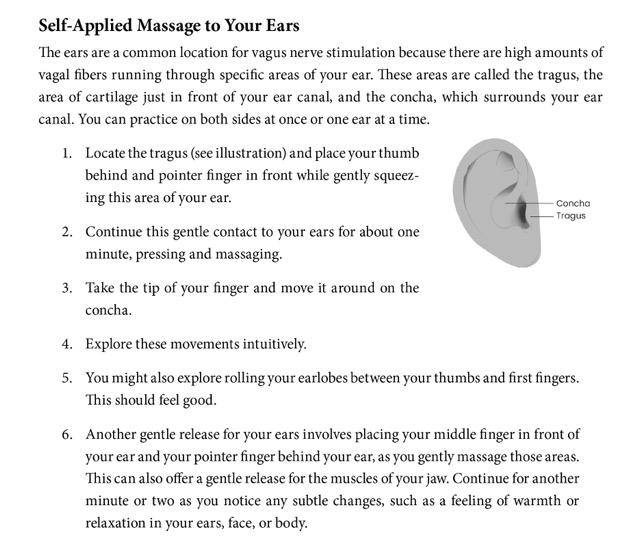
“Arielle Schwartz has written an immensely practical guide that makes trauma integration accessible for everyone. A masterful somatic teacher, she invites the reader into a step-by-step approach to recovering resilience and well-being. This could not come at a more critical time when we all need helpful tools that settle and ground our daily challenges into manageable experiences.”
—Manuela Mischke-Reeds, MFT, somatic trauma therapist, author of Somatic PsychotherapyToolbox, and a founder of Hakomi Institute of California and Embodywise
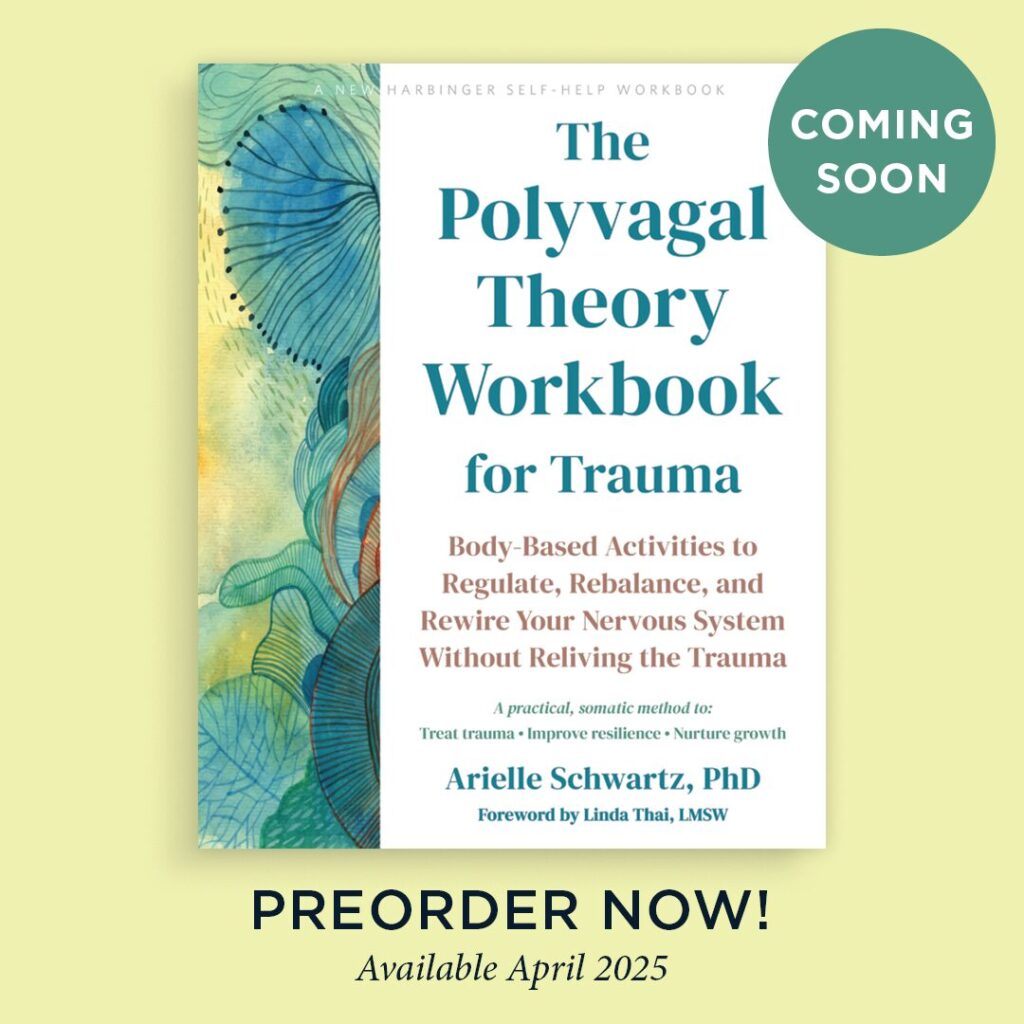
“Schwartz’s groundbreaking work shows us that peak performance starts with a regulated nervous system. By blending polyvagal science with accessible somatic practices, this workbook offers high performers a compassionate, powerful path to both optimal resilience and deeper connection—proving that when we feel safe in our bodies, we unlock our greatest potential.”
—Mastin Kipp, cocreator of Functional Life Coaching, and author of Claim Your Power and Reclaim Your Nervous System
About Dr. Arielle Schwartz

Arielle Schwartz, PhD, is a psychologist, internationally sought-out teacher, yoga instructor, and leading voice in the healing of PTSD and complex trauma. She is the author of seven books, including The Complex PTSD Workbook, EMDR Therapy and Somatic Psychology, and The Post Traumatic Growth Guidebook.
Dr. Schwartz is an accomplished teacher who guides therapists in the application of EMDR, somatic psychology, parts work therapy, and mindfulness-based interventions for the treatment of trauma and complex PTSD. She guides you through a personal journey of healing in her Sounds True audio program, Trauma Recovery.
She has a depth of understanding, passion, kindness, compassion, joy, and a succinct way of speaking about very complex topics. She is the founder of the Center for Resilience Informed Therapy® in Boulder, Colorado where she maintains a private practice providing psychotherapy, supervision, and consultation. Dr. Schwartz believes that that the journey of trauma recovery is an awakening of the spiritual heart.




